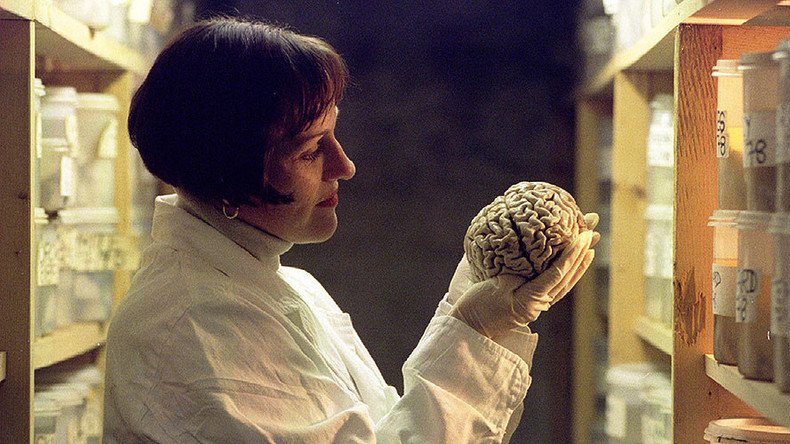‘Brain-sticky’ trait of LSD may be key to treating depression, schizophrenia – research

Researchers investigating the way LSD interacts with our brains say they have unraveled the secret of its persistence. This may enable scientists to treat a variety of psychiatric disorders using smaller doses of regular drugs with a far longer effect.
The mystery of how the effects of LSD can last so long, even though the drug itself is no longer present in a person’s bloodstream, appears to have been solved, according to a new study conducted by a joint team of researchers from The University of North Carolina, Stanford University and the University of California.
Using a process known as crystallography, the researchers were able to examine exactly how LSD molecules interact with the serotonin receptors in our brain. According to the data, LSD actually embeds far deeper than previously thought thanks to its molecular structure which becomes wedged in the receptors and cannot break free.
On top of this, the brain receptors themselves engulf the LSD molecules with a layer of protein. This is why the molecules disappear from human bloodstreams so quickly and yet continue to have hallucinogenic effects for hours afterward.
New study: "Crystal Structure of an LSD-Bound Human Serotonin Receptor" https://t.co/dkXJElxGX1 via @kjameselliottpic.twitter.com/QteIyATjze
— Heads News (@HeadsNews) January 27, 2017
"Once LSD gets in the receptor, a lid comes over the LSD, so it's basically trapped in the receptor and can't get out," explains Professor Brian Roth, one of the lead researchers on the team, as reported by MNT.
Professor Ron Dror, head of the team at Stanford University, used computer simulations to further explore the trait with a view to replicating it in drugs used to treat brain conditions.
"There is a headache drug that binds to the same receptor as LSD. The two drugs bind in the same receptor pocket, but the shape of that binding pocket is different when one drug or the other is bound. We used computer simulations to help explain why the two drugs favor different binding pocket shapes,” Dr. Dror said, as reported by phys.org.
High on LSD: Frenchman beats girlfriend, jumps out of window and nearly hacks off penis https://t.co/EGsGz32F0Epic.twitter.com/5k6f3uTYWw
— RT (@RT_com) April 19, 2016
Should the researchers be able to reproduce other drugs with a similar structure to LSD’s, it might enable doctors to use far smaller doses of psychiatric medication that last far longer. This would mean significant relief for sufferers of depression, schizophrenia and a wide range of other illnesses.
"We do not advocate using LSD; it is potentially very dangerous. But it could have potential medicinal uses, some of which were reported in the medical literature decades ago. Now that we've solved the structure of LSD bound to a receptor, we are learning what makes it so potent," Roth said.












